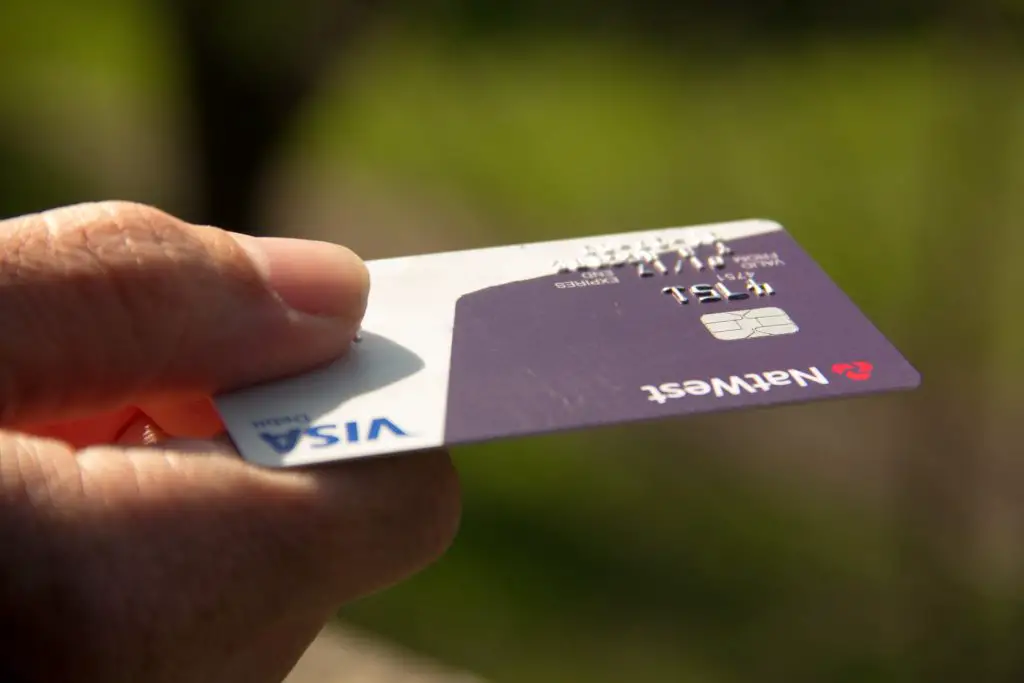Last Updated on 06/12/2017 by GS Staff
[otw_shortcode_dropcap label=”Q: ” size=”large” border_color_class=”otw-no-border-color”][/otw_shortcode_dropcap] What does CR and DR mean on a credit report?
[otw_shortcode_dropcap label=”A:” size=”large” border_color_class=”otw-no-border-color”][/otw_shortcode_dropcap] CR stands for credit and DR means debit. If you ever have taken an accounting class, you probably realize how confusing these two terms can be when you are first learning about them. However, when it comes CR and DR on a credit card statement, they are pretty easy to understand.
CR and DR Explained
A debit is a charge made using your credit card. For example, if you bought a lawnmower at Sears for $300 using your credit card, the charge would show up on your statement as a $300 debit. Your balance owed to the credit card company would increase by $300 because of this charge.
However, if you later returned the lawnmower and Sears agreed to give you back the $300 you charged, your credit card statement would reflect a credit of $300. The credit card balance you owed would be reduced by $300.
Credit (CR) Examples
A debit is pretty simple to understand; you make a charge and it appears as a debit on your credit card statement. However, let’s take a look at a couple additional credit examples that you might see on your statement.
Errors – Let’s assume that your credit card company erroneously added a charge on your account. You likely would call the creditor and dispute the charge. If the creditor agrees to fix the error, they will issue a credit in the amount of the error.
Overpayment – Sometimes a person might overpay the total amount due for a credit card payment. For example, let’s assume your credit card statement indicates that you owe $2,000 in total, but you mistakenly pay $2,500. Essentially, you paid $500 over the balance due. This $500 would be a credit and you would now have a credit balance of $500.
Note that if you overpay your credit card, you have the option to obtain a refund from the credit card company or leave the money in the account as a credit balance. If you leave the money in the account, you can typically spend down the credit balance with charges. However, if you leave the credit balance idle for a few months (i.e. make no charges), the creditor may issue a refund automatically. Each creditor may have a different policy on how they handle overpaid accounts. Check with your creditor if you are unsure of their procedures.
